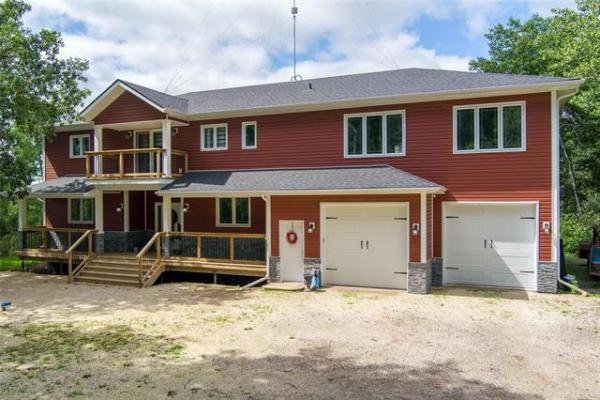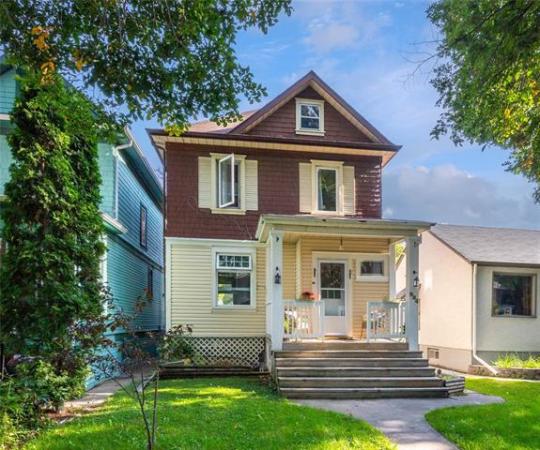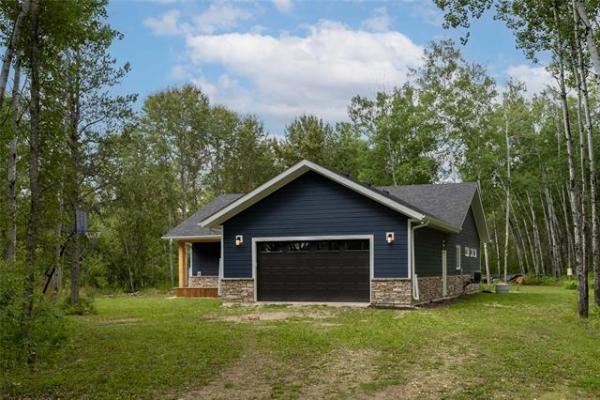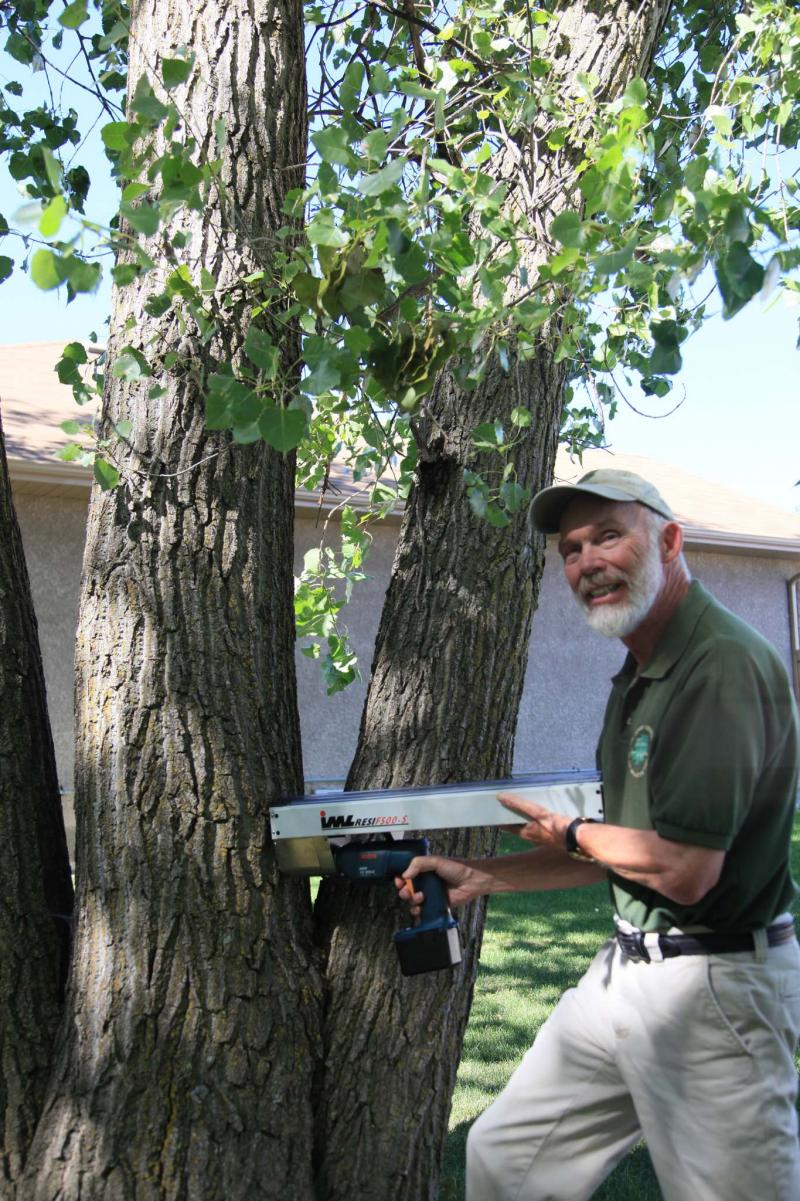
Supplied
Michael Allen uses a resitograph to detect tree decay, which can help determine a tree’s stability.
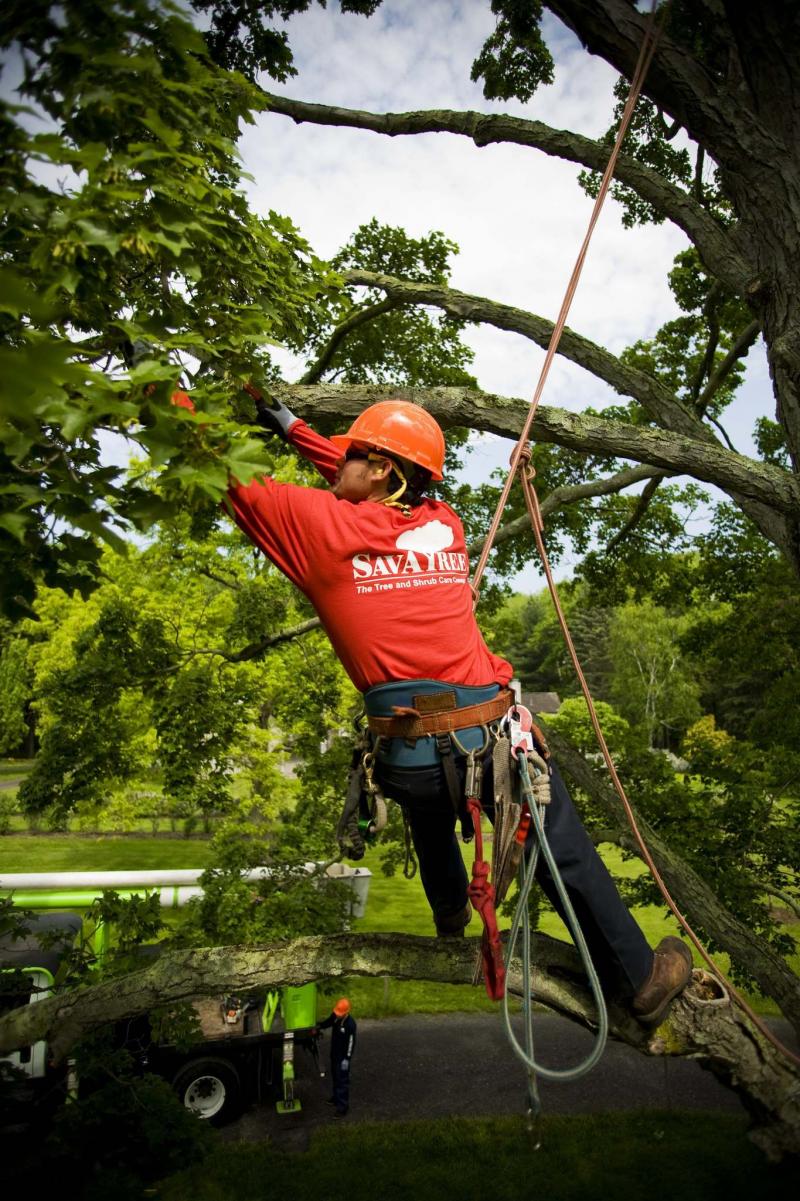
The Associated Press files
Pruning, along with an arborist using a resistograph to check for tree decay, is used to determine a tree’s stability.
It is not uncommon for me to receive inquiries that begin with: how safe is my tree?" Assessing the health and potential problems with a tree is not an exact science.
One can observe the health of the leaves (during the growing season), the structure of the branches, the features of the tree trunk and the presence, if applicable, of surface tree roots. Even decay fungi — often appearing as mushrooms — at the base of the tree or elsewhere can be a sign of a serious problem, whether it is a disease or a sign of structural wood weakness. These features can direct my assessment to possible structural issues inside the trunk of the tree. How can we "see" inside a tree if there are no visible hollows or cavities? I usually first start out sounding the tree with a strong rubber mallet. The sound that I hear can reflect areas of weakness inside the tree. If I have any doubts about the internal condition of the tree test I will discuss with my client the use of a unique piece of equipment called a resistograph. I am the only privately licensed arborist and tree care professional in Manitoba that has this piece of equipment. The City of Winnipeg also has a resistograph.
The resistograph is a specialized tool for determining the weakness and health of the wood inside a tree. Think of this as akin to a doctor taking a biopsy to confirm the health of something suspicious.
An electric drill moves a three-millimetre diameter flexible drill bit about a half metre long into the wood. As the drill penetrates the tree, a stylus on the tool scores a line on the graph on a long strip of waxed paper. The paper is printed in sections comprised of one-centimetre grids. As the drill bit penetrates the wood, it will determine areas of solid dense wood, areas of weaker, decayed wood, or even cracks and prominent openings in the wood.
Dense sections of wood will produce a higher position closer to the top of the graph reflecting higher resistance, whereas weak sections of wood will produce a lower position closer to the bottom of the graph. If a hollow region is encountered, the graph usually disappears on the paper strip until it encounters solid wood again.
On some trees, the graph remains in the lower weak wood zone thereby indicating that a significant pocket or area of decayed, or perhaps hollow wood has been encountered. This would be a very serious finding. Trees of this nature are unsafe, and must be removed. At this point, I will discuss remedial action with the client, as it may be necessary to bring in a licensed arborist to do remedial work on the tree.
Sometimes, arborists working high up in a tree encounter locations that appear weak they believe should be more properly investigated with the resistograph. Under these circumstances, I have them take the resistograph up the tree to undertake further investigations. On a rare occasion, I go up into the tree, too.
A healthy tree that is being tested with a resistograph will have wood with a continuous series of high peaks, or even a more or less continuous line high up on the graph. Softer wood such as willows, poplars and basswoods will have a graph that has a lower profile line on the paper. It may also be necessary to get resistograph readings at different elevations on the tree if there is any suspicion that weak wood may be present in those locations. Regardless, the strip of graph paper or papers is left with the client for their information.
If you are concerned about the structural safety of your tree, before the next storm hits, you might want to discuss your concerns with me or another arborist, or both of us to get a reasoned opinion about what features of your tree concern you the most. A tree that has been deemed safe by an arborist can give you peace of mind.
Michael Allen M.Sc.F., RPF (ret’d) is a consulting urban forester, tree diagnostician and certified arborist. He owns Viburnum Tree Experts. He makes house and garden visits, diagnoses problematic and hazardous trees. He can be reached at 204-831-6503 or 204-223-7709, or at viburnumtrees@shaw.ca His web site is www.treeexperts.mb.ca

